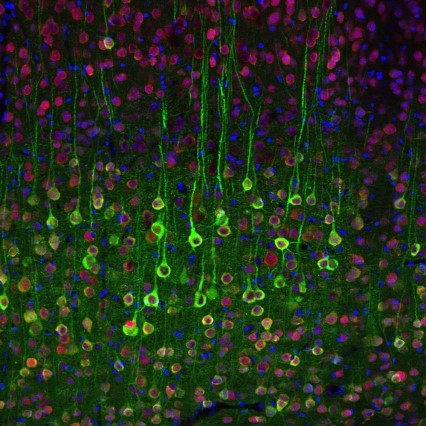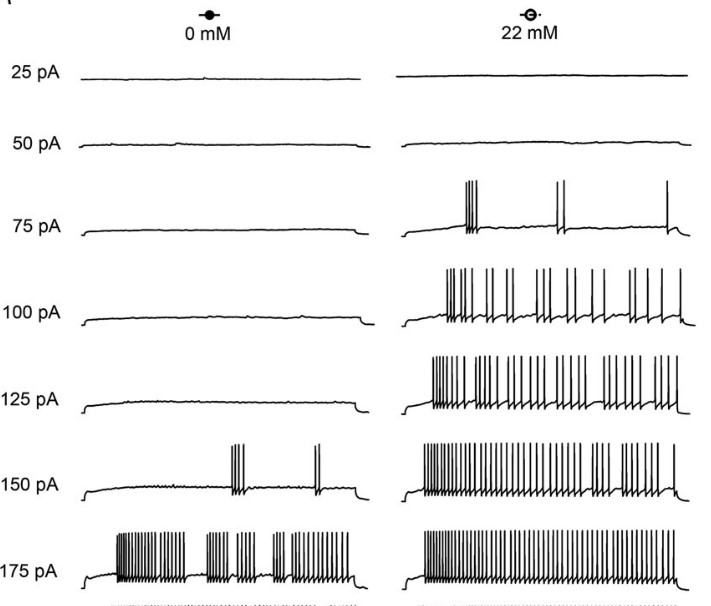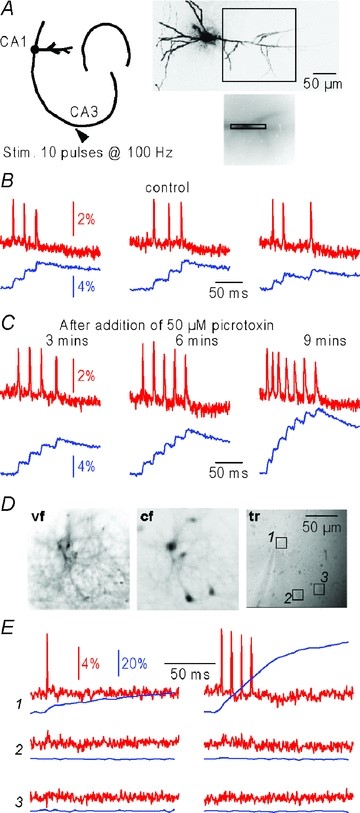- Home
-
Screening
- Ionic Screening Service
-
Ionic Screening Panel
- Ligand Gated Ion Channels
- Glycine Receptors
- 5-HT Receptors3
- Nicotinic Acetylcholine Receptors
- Ionotropic Glutamate-gated Receptors
- GABAa Receptors
- Cystic Fibrosis Transmembrane Conductance Regulators (CFTR)
- ATP gated P2X Channels
- Voltage-Gated Ion Channels
- Calcium Channels
- Chloride Channels
- Potassium Channels
- Sodium Channels
- ASICs
- TRP Channels
- Other Ion Channels
- Stable Cell Lines
- Cardiology
- Neurology
- Ophthalmology
-
Platform
-
Experiment Systems
- Xenopus Oocyte Screening Model
- Acute Isolated Cardiomyocytes
- Acute Dissociated Neurons
- Primary Cultured Neurons
- Cultured Neuronal Cell Lines
- iPSC-derived Cardiomyocytes/Neurons
- Acute/Cultured Organotypic Brain Slices
- Oxygen Glucose Deprivation Model
- 3D Cell Culture
- iPSC-derived Neurons
- Isolation and culture of neural stem/progenitor cells
- Animal Models
- Techinques
- Resource
- Equipment
-
Experiment Systems
- Order
- Careers
Basic Neuronal Activity
Neurotoxicity represents negative effects of chemicals on the nervous system that can lead to prolonged or even permanent troublesome consequences, especially on the developing central nervous system. These consequences can include headache, delusions, loss of memory and/or vision, seizures, behavioral changes, mental retardation, and other mental issues, which, when revealed, are usually irreversible after a long-term exposure.

During preclinical safety assessments, adverse central nervous system effects have also played an important role in the failure of drug candidates. Tests only detecting neuronal survival or neuronal morphological changes are not enough for safety evaluation. A comprehensive assessment on basic neuronal activity is required.

Fig. 1 High glucose concentration increases action potential firing frequency in mitral cells
To help address these potential liabilities, Creative Bioarray provides a wide range of neuroscience research products and services by on our experienced experts. We offer the measurement of neuronal excitability on a single cell-level to evaluate the effects of pharmacological agents on distinct neuronal cell types, receptors, ion channels or neurotransmitter systems. A range of in vitro electrophysiological assays to evaluate neuronal physiological function defect, seizure risk, cognitive dysfunction risk induced by drugs, dorsal root ganglia responses or nerve conduction effects are available in Creative Bioarray. Our assays have been developed, and are provided, in multiple preclinical animal models such as the mouse, rat, dog and non-human primate for species comparison and safety evaluation. From in vitro assays and animal models of disease to discovery research and preclinical testing, we have developed a comprehensive package of services to help you in discovering the most promising candidate and markedly shortening the development cycle of potential therapies with neurological implications.
Techniques
Direct measurement of neuronal activity of a single cell or channel (receptor) obtained from living animals by in vitro/ex vivo patch-clamp recording.
A variety of electrophysiology configurations include cell-attached, inside-out, whole cell, outside-out, and perforated patch can be attained according to experiment requirements.
All assays are done on acutely isolate dissociated neurons (hippocampal neurons, Dorsal Root Ganglion Cells) or primary cultured neurons or iPSC-derived cardiomyocytes/neurons, some will be tested on acute/cultured organotypic brain slices.
Calcium signaling will be tested on cultured neurons or brain slices using Ca2+ sensitive indicators.

Fig. 2 Simultaneous Vm and Ca2+ measurements from hippocampal neurons
Assays
Basic Electrophysiological Properties Assay
Quotation and Ordering
If you have any special needs in our Basic Neuronal Activity Service, please contact us at Email or Telephone for this special service. Let us know what you need and we will accommodate you. We look forward to working with you in the future.
References
Tucker, K., et al. Glucose sensitivity of mouse olfactory bulb neurons is conveyed by a voltage-gated potassium channel. J Physiol. 2013; 591: 2541–2561.
Vogt, K. E., et al. High-resolution simultaneous voltage and Ca2+ imaging. J Physiol. 2011; 589: 489–494.
Related Section
Inquiry

